Why Your Giant Water Bottle Isn’t Enough: The Real Secret to Staying Hydrated
I see it all the time. Someone comes to me totally frustrated. Maybe they’re an athlete dealing with annoying muscle cramps, or an office worker who can’t shake that 3 p.m. brain fog. They all say the same thing: “But I drink a TON of water!” and proudly point to their giant, multi-liter water bottle.
In this article
- So, What’s Really Going On Inside? The Science of Hydration
- How to Tell If You’re Really Hydrated
- Three Common Hydration Mistakes I See All The Time
- My Favorite Hydrating Foods (And How to Use Them)
- Food vs. Sports Drinks vs. Powders: What’s the Best Choice?
- The Ultimate DIY Hydration Drink (and a Budget Plan)
- Try This Today
- A Quick Safety Note
- Inspirational Gallery
And yet, they’re still showing all the classic signs of dehydration. This is usually where the lightbulb moment happens.
I explain that real, deep hydration isn’t just about the volume of liquid you chug. It’s about getting that water from your stomach into your cells, where the magic actually happens. For that to occur, your body needs more than just plain H2O. It needs partners in crime—specifically, electrolytes and nutrients that, conveniently, are often perfectly packaged in the food we eat. It’s a shift from just drinking water to learning how to eat your water, too. And honestly, it’s a game-changer for your energy and focus.
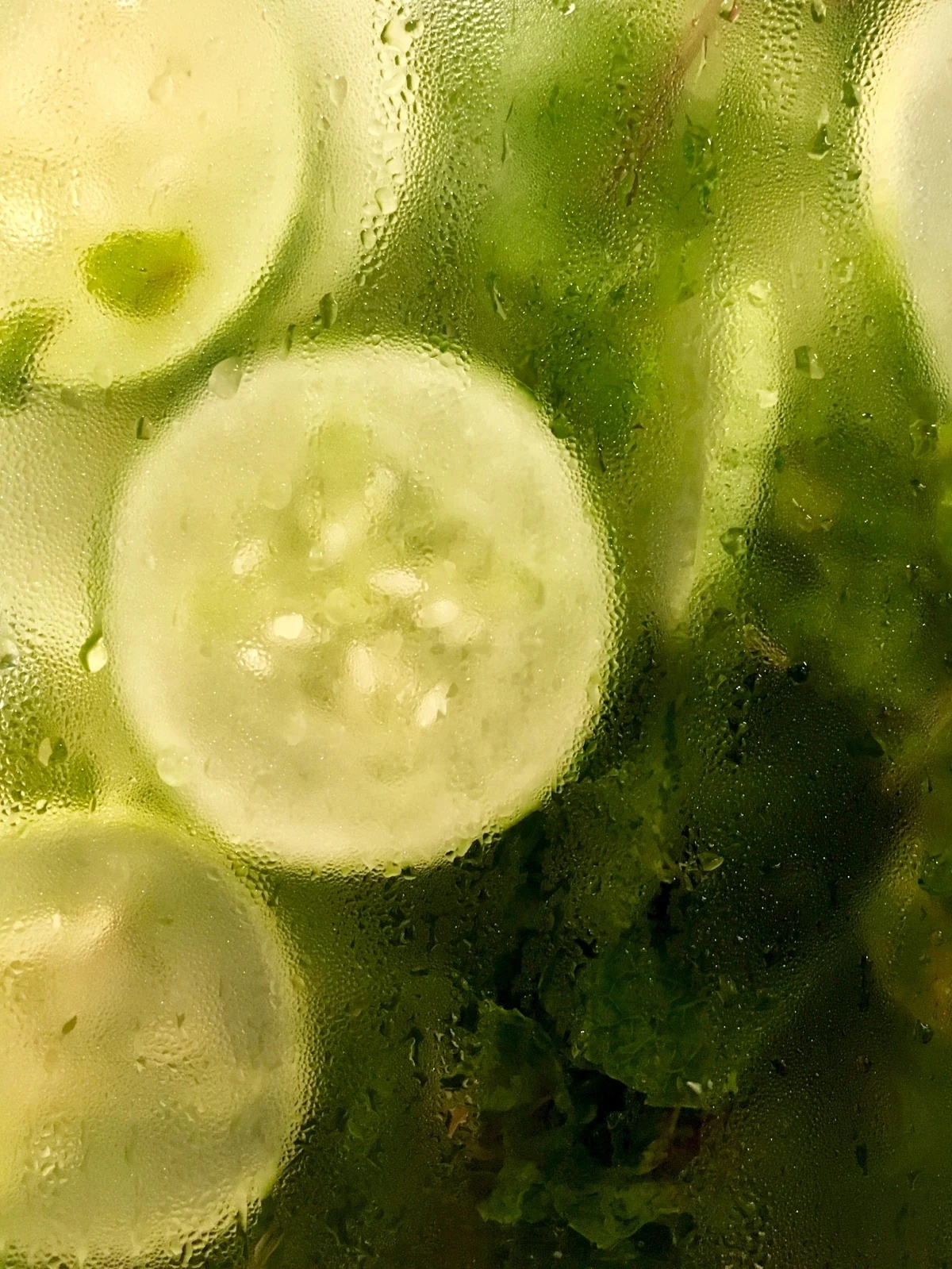
So, What’s Really Going On Inside? The Science of Hydration
Think of it this way: your body is like a massive community of trillions of tiny houses (your cells). Water wants to get inside, but the doors are locked. The keys that unlock those doors are electrolytes.
The main players you need to know are:
- Sodium: Manages the fluid outside your cells.
- Potassium: Manages the fluid inside your cells.
- Magnesium: An all-star that helps with muscle function and energy, both tied to hydration.
When you sweat a lot and then drink a bunch of plain water, you’re essentially diluting the electrolytes outside your cells. Without enough keys, the water can’t get in. I once worked with a marathon runner who did everything “right”—he drank plain water at every single aid station. But he collapsed near the finish line, not from dehydration, but from a dangerous condition called hyponatremia. His sodium levels were critically low, and his cells were literally waterlogged and malfunctioning. It was a stark reminder: water needs a team.
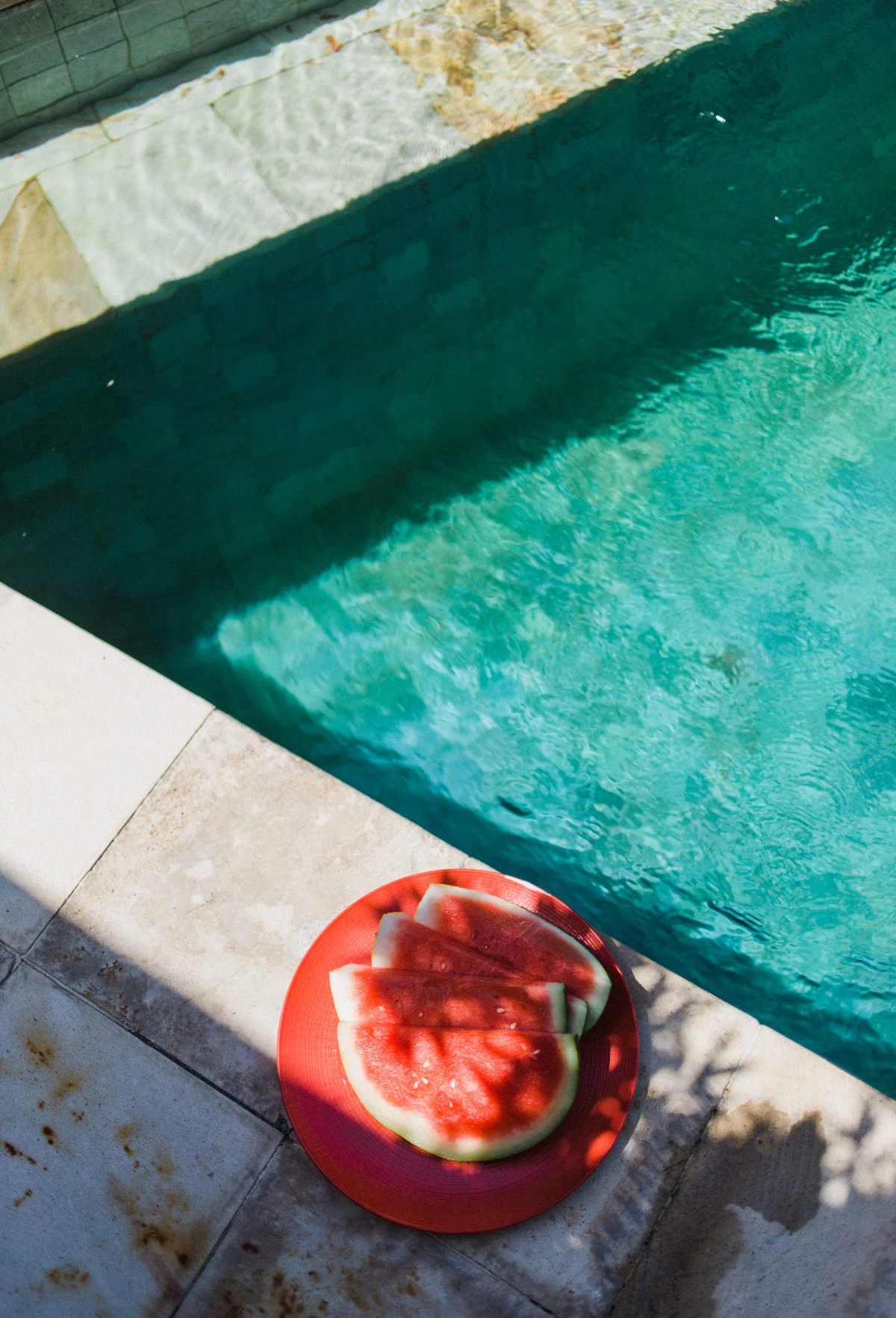
Food-based water is different. Some call it “gel water” because it’s bound inside the fiber of fruits and veggies. This means it gets released slowly as you digest, giving your body more time to absorb it properly. Plus, it comes pre-packaged with those electrolyte keys. You get the water and the way to use it, all in one bite.
How to Tell If You’re Really Hydrated
Sure, the pee test is a decent starting point. Aim for a pale, straw-like yellow. But it’s not foolproof—B vitamins can turn your urine bright yellow even if you’re perfectly hydrated. I tell people to look for a cluster of signs instead.
- The Skin Pinch Test: Gently pinch the skin on the back of your hand. If it snaps back instantly, you’re likely good. If it slowly melts back into place, you could be dehydrated. A quick heads-up: this test gets less reliable as we age because skin naturally loses elasticity, so I don’t lean on it too heavily for older folks.
- The Performance Test: This one’s for the athletes. Weigh yourself naked before and after a tough workout. For every 2 pounds you lose, you’ve lost about a liter of fluid. To rehydrate properly, you need to drink back 125-150% of that loss. So, if you lost 2 pounds, your goal is to drink 1.25-1.5 liters (about one large reusable bottle) of a fluid that contains electrolytes—not just plain water—over the next few hours.
- The Brain Check: How do you feel? That random headache, fuzzy thinking, or unexplained crankiness can absolutely be your body’s first whisper for more effective hydration. By the time you feel thirsty, you’re already playing catch-up.
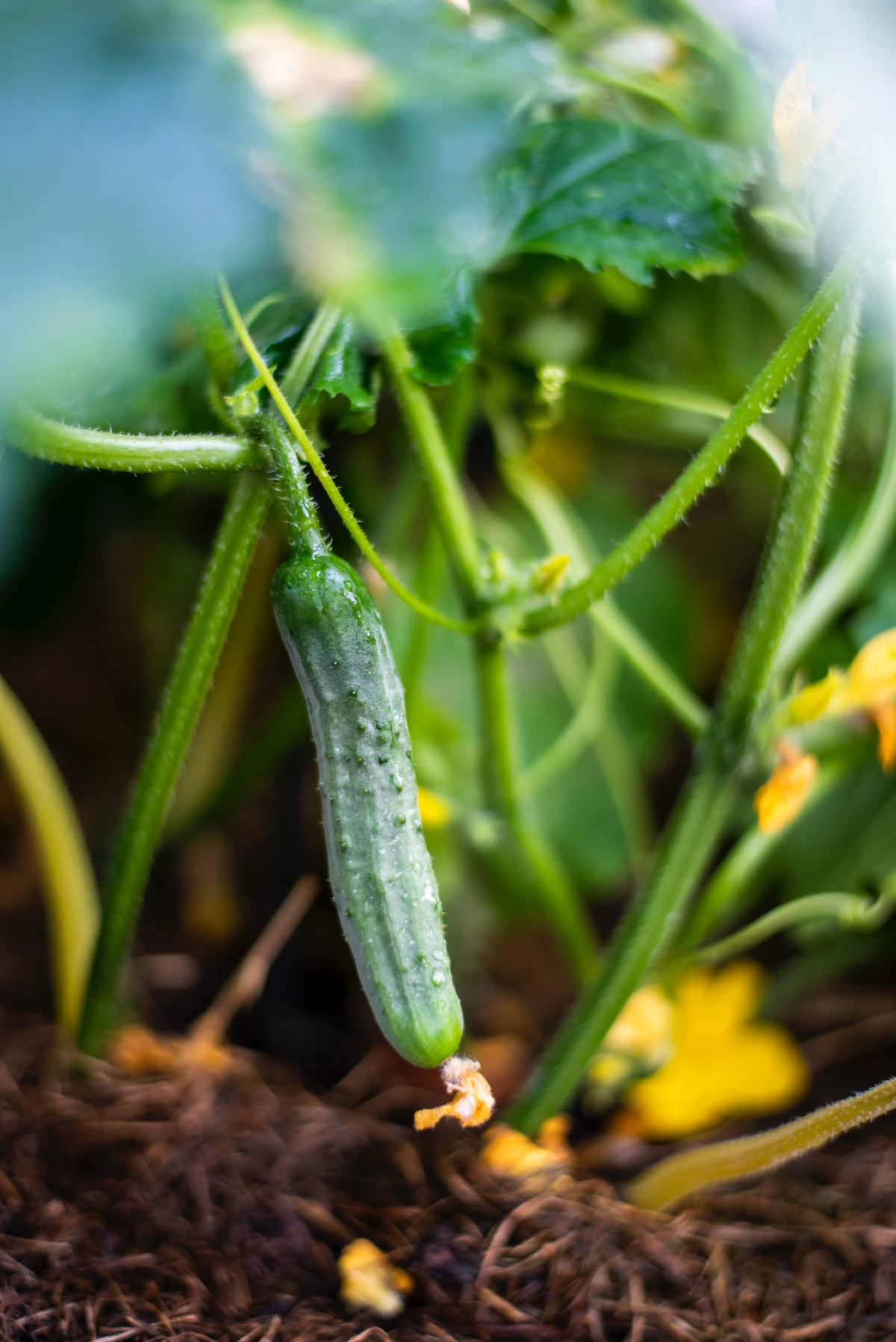
Three Common Hydration Mistakes I See All The Time
Before we get to the good stuff, let’s clear up a few myths. Avoiding these common traps is half the battle.
1. Fearing Salt. We’ve been told for so long that salt is the enemy. But when you’re active and sweating, sodium is your best friend. It’s the primary electrolyte you lose, and you absolutely must replace it to stay balanced. A little high-quality sea salt in your food or drink can make all the difference.
2. Relying Only on Fruit. Watermelon and berries are fantastic, but if you eat a huge bowl of fruit alone for hydration, you might be in for a sugar crash. It’s always better to pair fruit with a little protein or fat (like nuts or Greek yogurt) to slow down sugar absorption and keep your energy stable.
3. Chugging Plain Water After a Hard Workout. As we saw with the marathon runner, this is a recipe for dilution. You’re just flushing out the electrolytes you have left. After serious sweat, you need a drink that contains sodium and potassium.
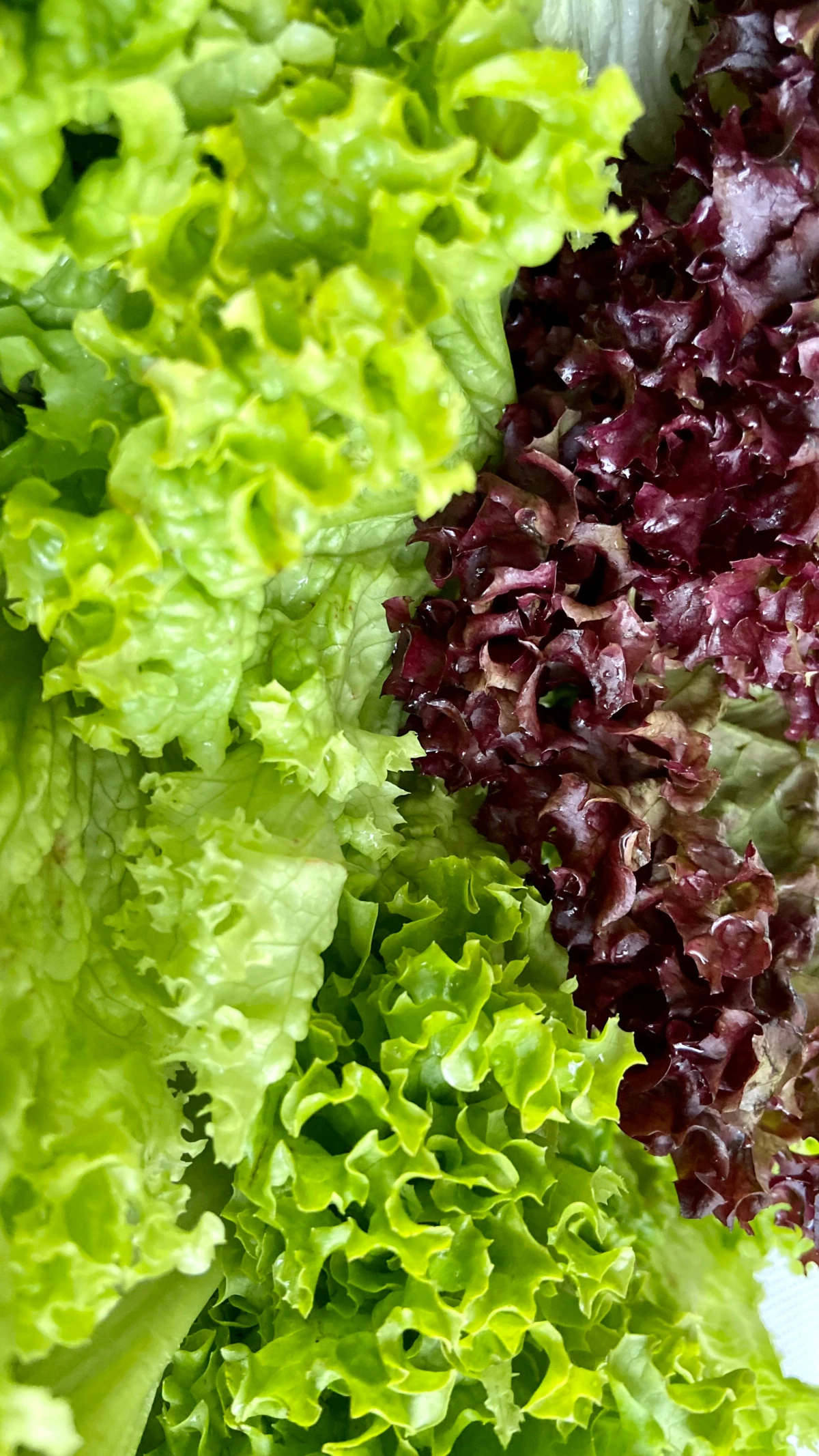
My Favorite Hydrating Foods (And How to Use Them)
Experts say about 20% of our fluid intake should come from food. Here are the all-stars I recommend constantly.
Cucumber and Celery: The Green Machines
At around 96% water, these are your hydration heroes. The real magic is that the water is held in a fibrous matrix, giving you a slow, steady release. Cucumbers also have silica in the skin (great for connective tissue), so don’t peel them! You can get a big organic cucumber for about $1.50 at most grocery stores.
Pro Tip: Celery is a powerhouse because it contains both sodium and potassium naturally. For a killer post-workout drink, try my 2-Minute Hydrator Smoothie: blend one chopped cucumber, a stalk of celery, a handful of spinach, half a green apple, and a tiny pinch of sea salt. It’s instantly absorbed and incredibly refreshing.
Watermelon and Cantaloupe: Nature’s Gatorade
These summer staples are more than just sugary water. Watermelon is packed with L-citrulline, which helps improve blood flow, meaning water and nutrients get delivered to your muscles more efficiently. Cantaloupe is an absolute potassium bomb, which is critical for preventing cramps.
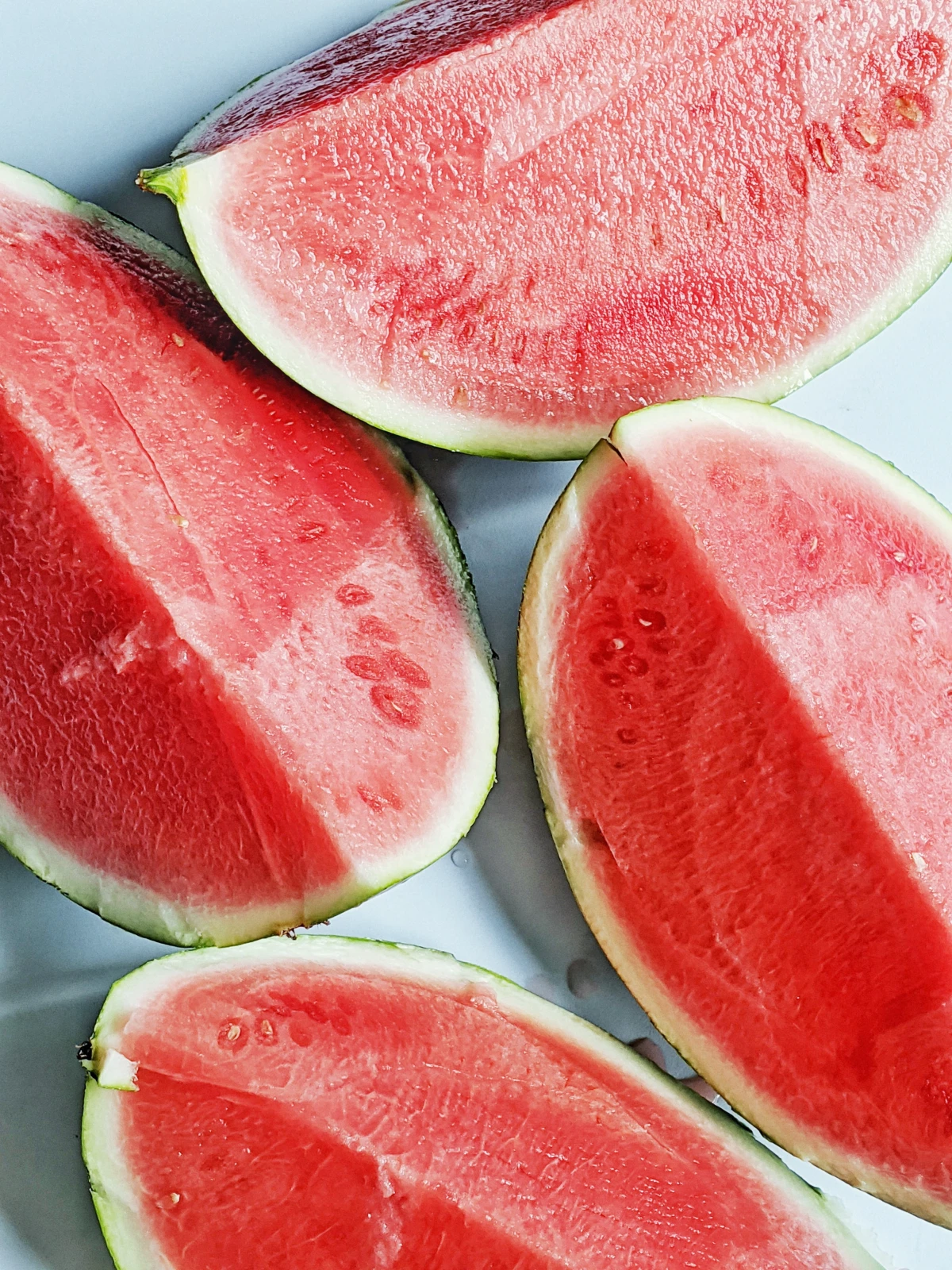
Best time to eat it: This makes a perfect post-workout snack to replenish fluids and muscle glycogen. A small seedless watermelon can cost around $4-$6 in the summer, and it’s worth every penny.
Tomatoes and Bell Peppers: The Versatile Hydrators
Did you know a medium tomato contains about half a cup of water? Both tomatoes and bell peppers are also loaded with potassium. Plus, tomatoes have lycopene to help protect your skin from sun damage—a nice little bonus. Red and yellow bell peppers are full of Vitamin C, which supports your adrenal glands when you’re stressed from heat or exercise.
Easy Recipe Idea: Make a simple gazpacho! It’s basically a liquid salad. Just blend a couple of tomatoes, a cucumber, half a bell pepper, a little onion, and a splash of olive oil with a pinch of salt. Serve it cold. It’s one of the most effective hydrating meals you can imagine.
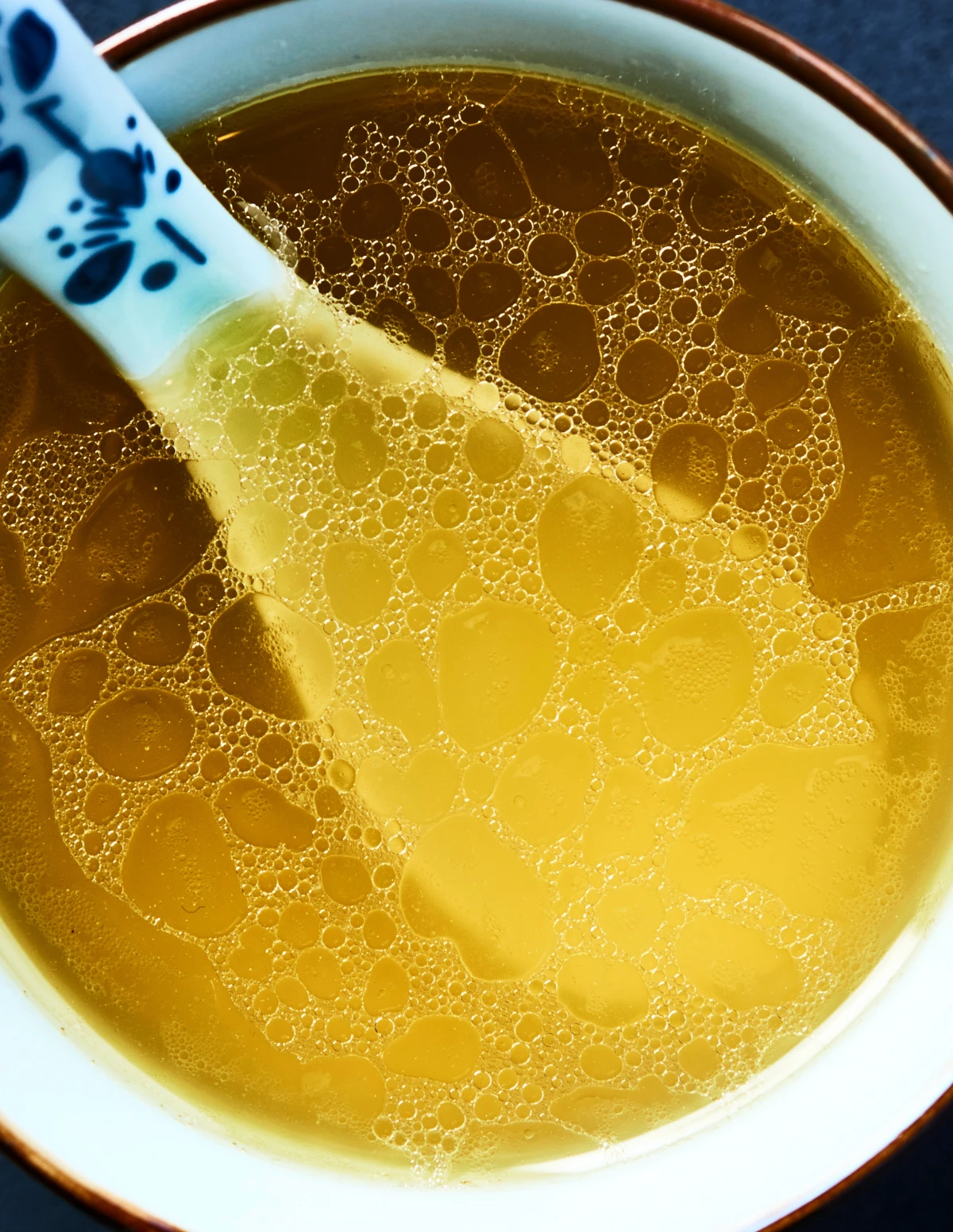
Food vs. Sports Drinks vs. Powders: What’s the Best Choice?
This is a question I get a lot. Let’s break it down, no tables needed.
Whole Foods are your best bet for day-to-day hydration. They provide that slow-release “gel water,” electrolytes, fiber, and a ton of vitamins. They’re your foundation.
Electrolyte Powders are super convenient and portable. A good one will have a solid dose of sodium and potassium without a bunch of sugar or weird additives. They are perfect for during or after a tough workout, a long hike, or on a super hot day. You can find a canister for between $20 and $40, which usually lasts a month or two. Look for brands that prioritize clean ingredients.
Sports Drinks (the bottled kind) are often just sugar bombs with a tiny, ineffective sprinkle of electrolytes. I’m not a huge fan. To be frank, many are just glorified sodas. If you’re going this route, read the label very carefully.
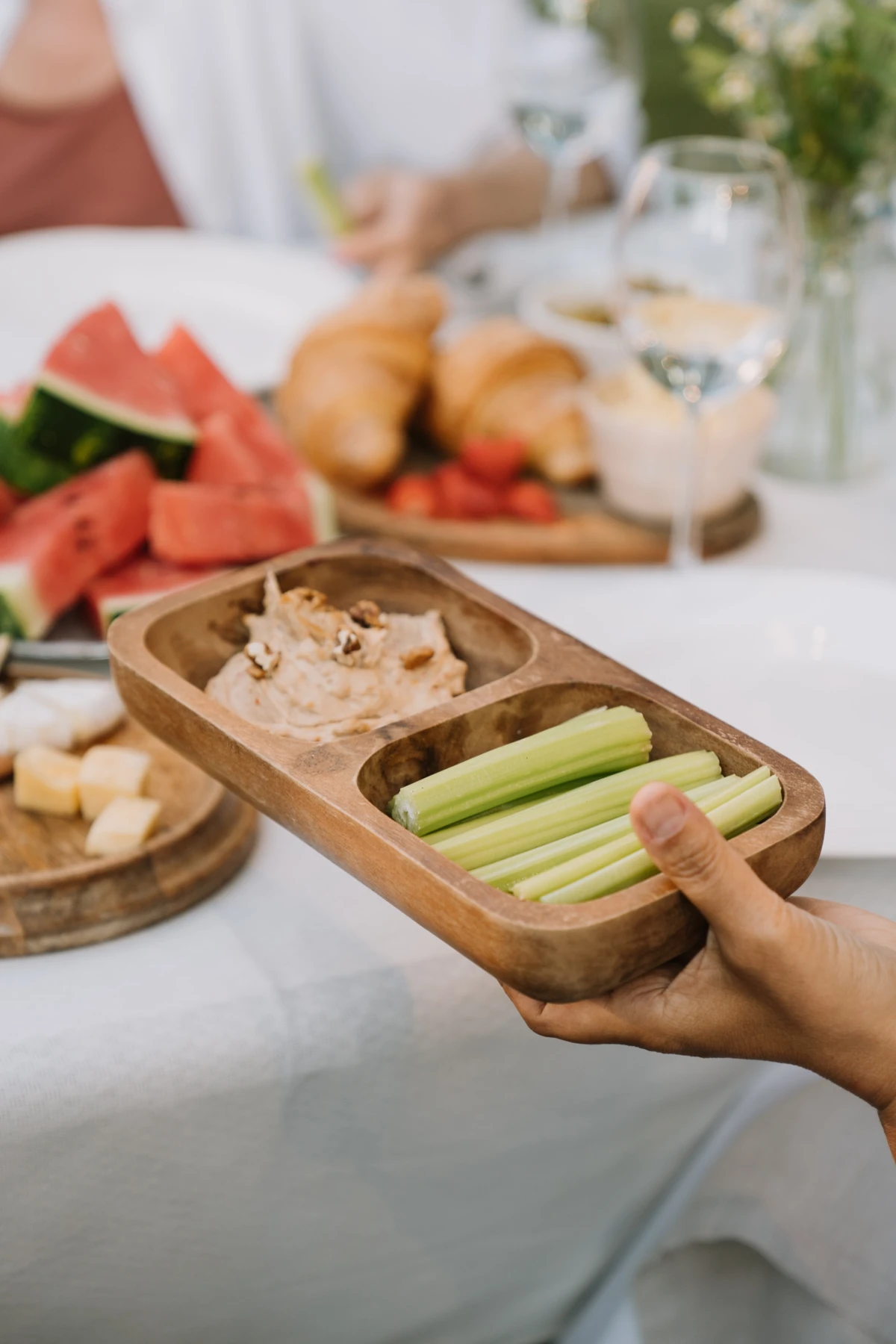
Heads up on Coconut Water: It’s marketed as nature’s sports drink, and it’s incredibly high in potassium. But it has very little sodium. So, for light yoga or a short walk, it’s fine. But if you’ve been sweating buckets, it’s not enough on its own. A little tip: add a pinch of sea salt to your coconut water to make it a more complete electrolyte drink.
The Ultimate DIY Hydration Drink (and a Budget Plan)
You don’t need to spend a lot of money to hydrate effectively. Here’s a super simple, cheap recipe for your own electrolyte drink:
- 2 cups of water
- Juice of half a lemon or lime (for potassium and flavor)
- 1/8 to 1/4 teaspoon of sea salt or pink Himalayan salt (for sodium and trace minerals)
- 1 teaspoon of raw honey or maple syrup (the sugar actually helps your body absorb the electrolytes faster!)
Shake it up and you’re good to go. It costs pennies to make.
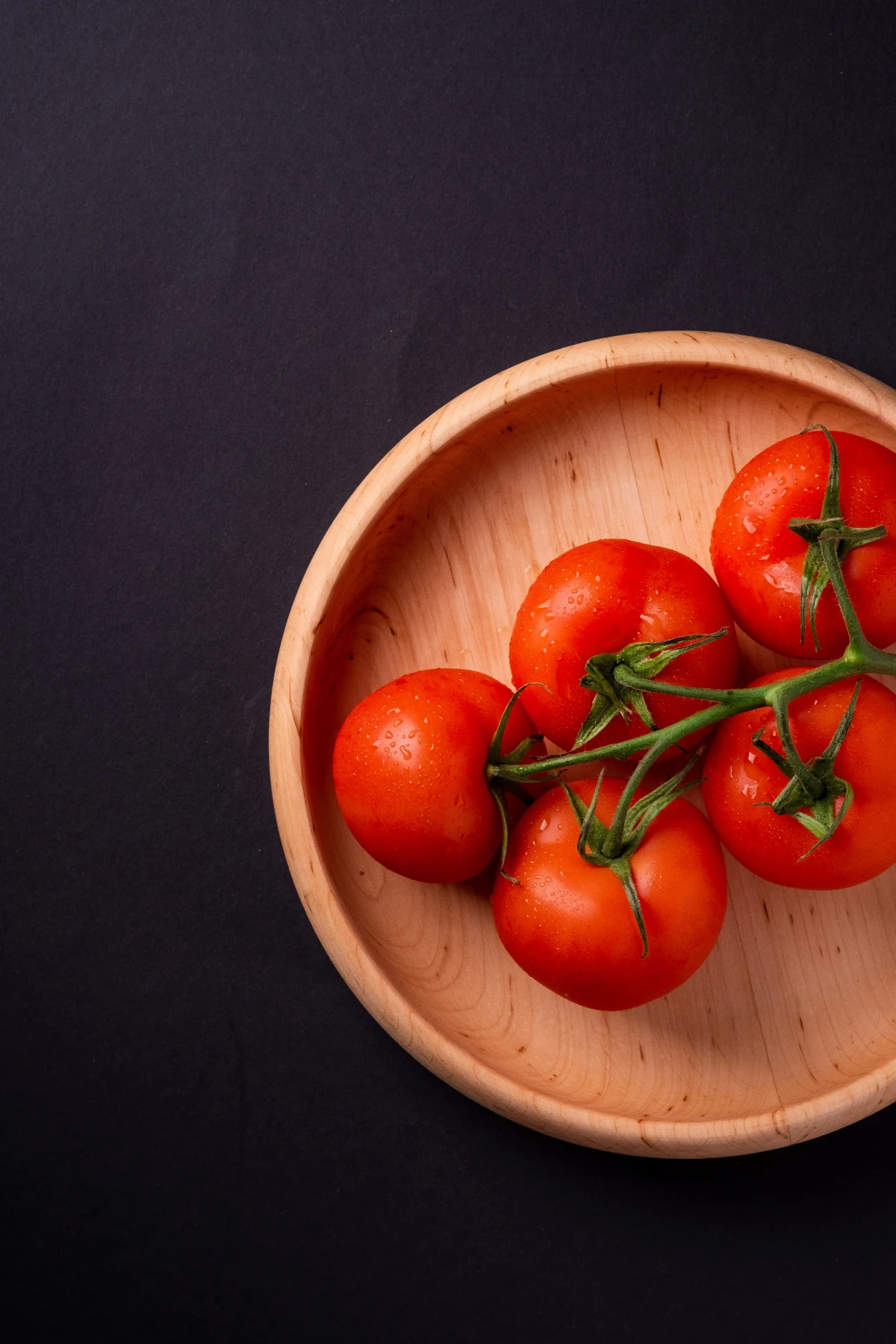
And for food, hydrating on a budget is easy. A weekly shopping list could include a cucumber ($1.50), a head of romaine lettuce ($3), a bunch of celery ($2), and a bag of apples ($4). You’re all set for under $15.
Try This Today
Want a simple challenge? This afternoon, instead of reaching for that third cup of coffee, slice up a whole cucumber. Sprinkle it with a tiny bit of good salt and a squeeze of lime. Munch on it and see how you feel. You might be surprised by the clean energy it gives you.
A Quick Safety Note
It’s important to say that this advice is for generally healthy people. If you have a condition like kidney disease, congestive heart failure, or any issue that requires you to monitor fluid or sodium intake, please stick with your doctor’s plan. That’s non-negotiable.
And while mild dehydration can be managed at home, severe dehydration is a medical emergency. If someone is confused, extremely dizzy, has a rapid heartbeat, or isn’t urinating, get help immediately.
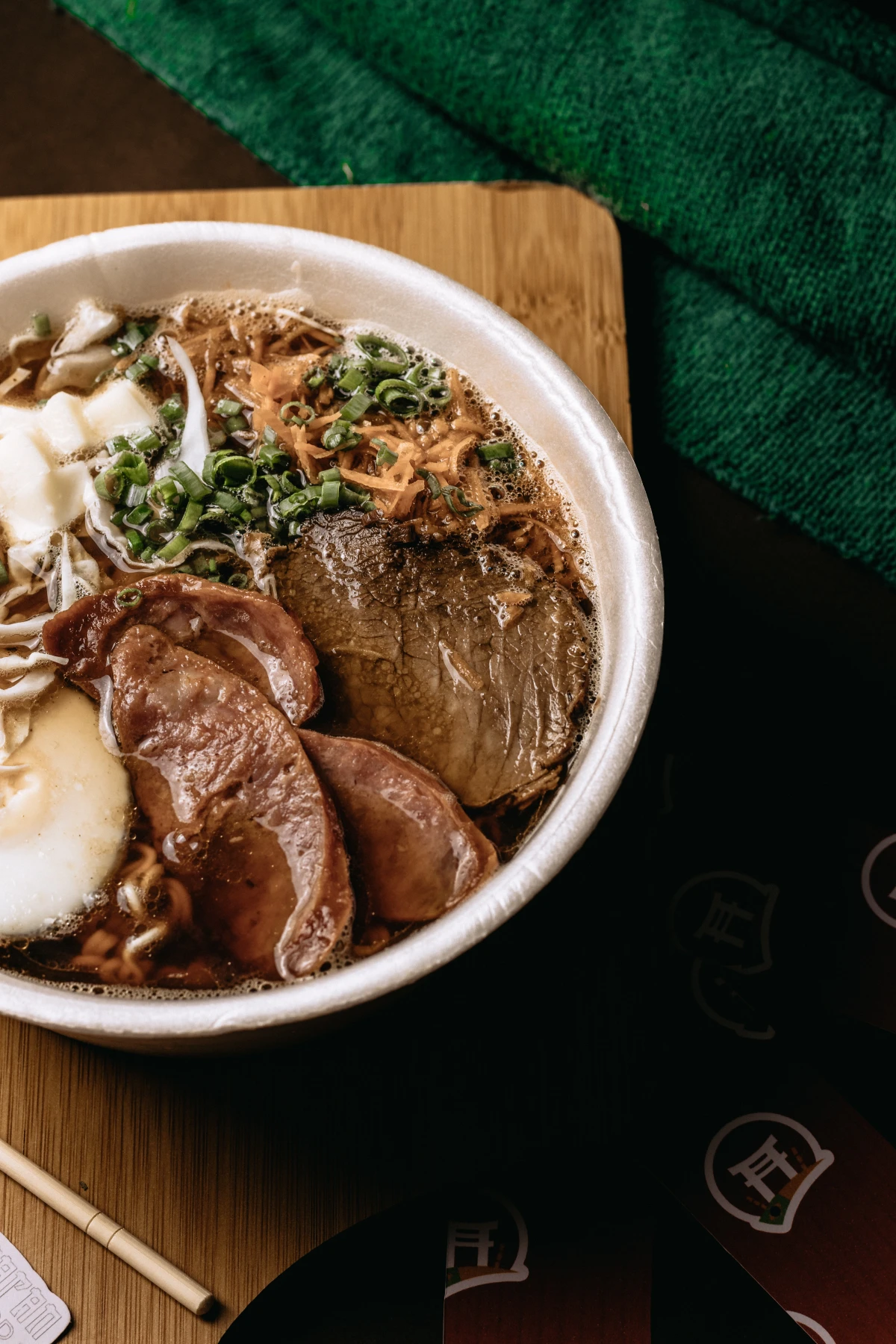
At the end of the day, hydration is a beautiful partnership. It’s water and food working together. When you start thinking of it that way, you build a body that’s not just surviving, but is deeply, resiliently, and energetically hydrated. It’s a simple switch that pays off big time.
Inspirational Gallery
Even a 1-2% drop in hydration can impair cognitive functions like attention, memory, and critical thinking.
That 3 p.m. slump at your desk might not be a call for more coffee, but a sign that your brain is literally thirsty. This level of dehydration is subtle—you won’t feel parched, but you might struggle to find the right word in an email or feel your focus drifting during a meeting. It’s your body’s quiet signal that it needs more than just water; it needs the electrolytes that help water work effectively.
Is my morning coffee actually dehydrating me?
It’s a common myth, but for most regular coffee drinkers, the answer is no. While caffeine has a mild diuretic effect, the volume of water in a standard cup of coffee typically offsets the fluid you lose. The real issue arises when you drink coffee instead of water throughout the day. Think of your morning brew as a neutral starting point, not a substitute for true hydration.
Beyond watermelon and cucumber, a whole world of water-rich foods is waiting to boost your hydration. Add these to your next grocery list:
- Chia Seeds: These tiny powerhouses can absorb up to 12 times their weight in water, forming a gel that provides slow-release hydration and fiber.
- Celery: At 95% water and rich in minerals like potassium and sodium, it’s basically a crunchy, edible electrolyte stick.
- Bell Peppers: Especially the yellow and red varieties, are over 90% water and packed with Vitamin C, an antioxidant that helps your body deal with physical stress.
The Salt You Choose Matters: Not all salt is created equal for hydration. Standard table salt is just sodium chloride. Opt for unrefined options like Himalayan pink salt or Celtic sea salt. They contain a broader spectrum of trace minerals, including potassium and magnesium, that work alongside sodium to create a more balanced electrolyte profile for your cells.
- Fewer muscle cramps during exercise and at night.
- Deeper, more restorative sleep cycles.
- A noticeable sense of calm and reduced anxiety.
The secret? Prioritizing magnesium. This essential mineral is a key player in over 300 enzymatic reactions, including cellular water transport and muscle relaxation. A simple way to boost your intake is with an evening drink like Natural Calm powder or by snacking on magnesium-rich almonds or pumpkin seeds.
Sports Drinks: Often high in sugar, like Gatorade or Powerade, they are designed to provide rapid energy during intense, prolonged exercise. For general daily hydration, their sugar content can be counterproductive.
Electrolyte Powders: Brands like LMNT or Nuun focus purely on electrolytes without the sugar. LMNT offers a high-sodium formula great for athletes or those on a low-carb diet, while Nuun provides lighter, effervescent tablets perfect for adding a boost to your everyday water bottle.
The Bedouin tribes of the desert have a long-standing tradition of drinking multiple small glasses of hot, sweet mint tea to stay cool and hydrated.
Watch out for the ‘over-hydration’ trap: While aiming for pale, straw-colored urine is a good guideline, perfectly clear urine all day long isn’t the goal. It can be a sign that you’re drinking too much plain water too quickly, flushing out essential electrolytes before your body can absorb them. Balance is everything.
Create your own high-powered post-workout recovery smoothie that rehydrates and refuels simultaneously. Forget plain water and blend this instead:
- The Base: 1 cup of coconut water for a natural potassium boost.
- The Electrolytes: A small pinch of sea salt for sodium replacement.
- The Repair: A handful of spinach for magnesium and a scoop of your favorite protein powder.
- The Energy: Half a frozen banana to replenish glycogen stores.
One of the most common hydration mistakes is waiting until you feel thirsty to drink. Thirst is a delayed signal; by the time your brain registers it, your body is already operating at a fluid deficit. Get into the habit of sipping consistently throughout the day to stay ahead of the curve, especially during exercise or in hot weather.










